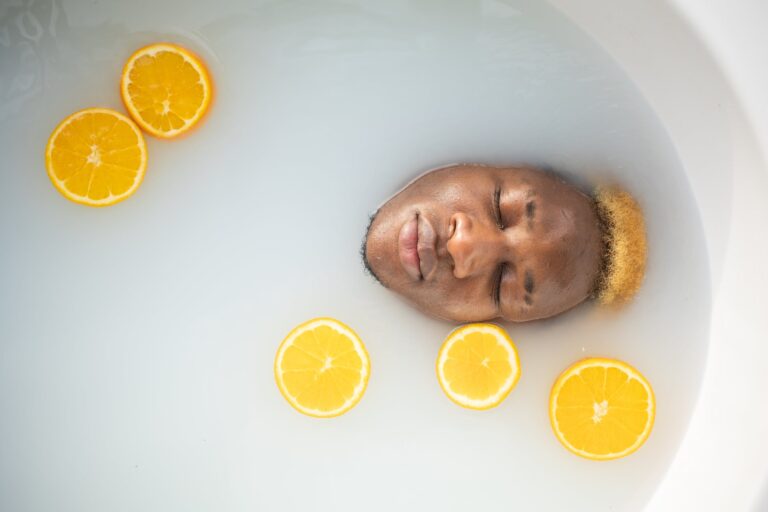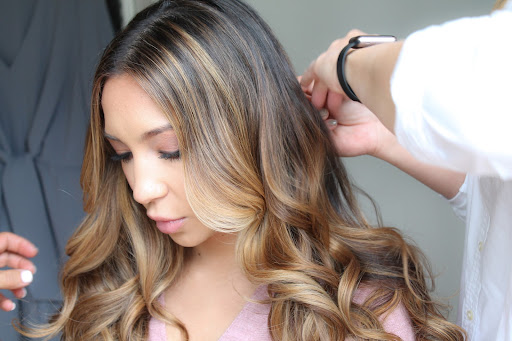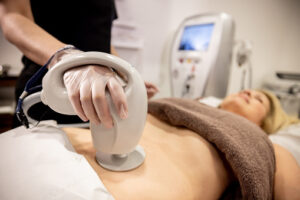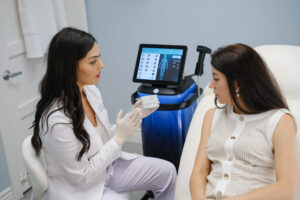If you’ve seen a demonstration of a PDO Thread Lift, it can seem a little scary. And I’ve gotten used to patients being fearful about their upcoming PDO Threat Lift treatment – which uses a large needle to place delicate threads within the subcutaneous tissue. But a recent client visit stood out among all the rest, and here’s why.
As I walked into the room, my client gazed back at me with a terrified, “deer in headlights” expression. I asked if she was OK. “Just really scared,” she replied. To which I said: “Oh, you must have gone online to see what a PDO Thread Lift experience looks like, and possible complications.” After her confirming nod, I replied, “Let’s talk.”
Most of the time, across the medical community, a PDO Thread Lift is without incident – and with no complications. The most common side-effect may be a slight soreness in and around the injection site. But, as is true with any injection-based procedure, there are outliers. I will discuss such circumstances for full transparency, but it should be noted that these incidences are very rare.
Visible Sutures: I have not personally seen this as the thread should not be placed in the skin (and it would be difficult to do that), but it has been reported in some papers online. The thread is placed, through a cannula, in the subcutaneous tissue. That layer is under the skin and cannot be seen. If sutures are visible under the skin, you can be confident that the treatment was not performed correctly.
Pain: Some practitioners will numb only the port hole where the cannula will be inserted. What the patient will feel then is pressure and maybe some discomfort when the cannula travels thought the subcutaneous tissue. It is my practice to numb the entire intended track where the cannula will travel. Therefore, most of the time, only a bit of pressure may be felt.
Minor Bruising: Any time a needle is inserted into the skin a resulting bruise is possible. Most of the time it is very minor or does not occur at all.
Snapping of Threads: I have had this happen in the past, but not since the threads have improved. In my practice I use mostly NOVA threads that are manufactured in the USA. In the past 5 years, I have not had any threads break.
Dimpling: This issue is another problem related to a superficial placement. The barbs on the threads can grab on to the skin if the thread somehow makes it into the dermis layer. In this case, the thread should either be removed or massaged to release the pull prior to cutting the thread. When placed correctly, this is never a problem.
Parotid Gland Injury: The parotid (or salivary) glands produce saliva. This complication is quite rare, mostly because there really is no reason to place a thread through it. Even if it was in a path to produce decent results, the parotid gland lies under the subcutaneous area, so it should never be penetrated. If the thread actually did penetrate it, the threads dissolve and the issue subsides.
Again, while exceedingly rare, the complications listed above are treatable and reversible should any of them occur. For most patients, a PDO Thread Lift treatment is quick and well-tolerated with little or no pain during the procedure. At the Anushka Cosmedical Centre, we’ve treated thousands of clients with PDO Threads and helped them restore a natural lift and increased collagen production without the need for surgery or an invasive procedure. To see if you are a candidate, contact our client concierge for a complimentary consultation at 561-820-8055.
Learn More Today
If you’re ready to learn more about a PDO Thread Lift in West Palm Beach, you’re in the right place. At the Anushka Cosmedical Centre, we offer a variety of non-surgical facelift options to help you achieve your aesthetic goals. Contact us today to schedule a consultation.










